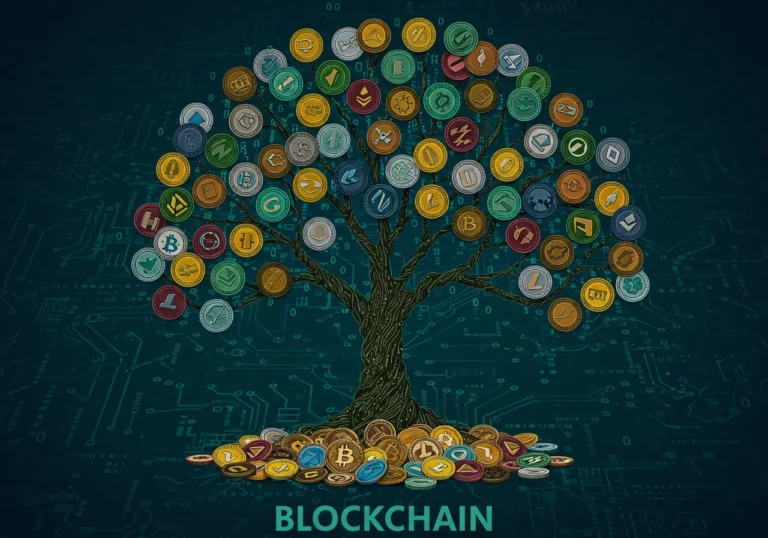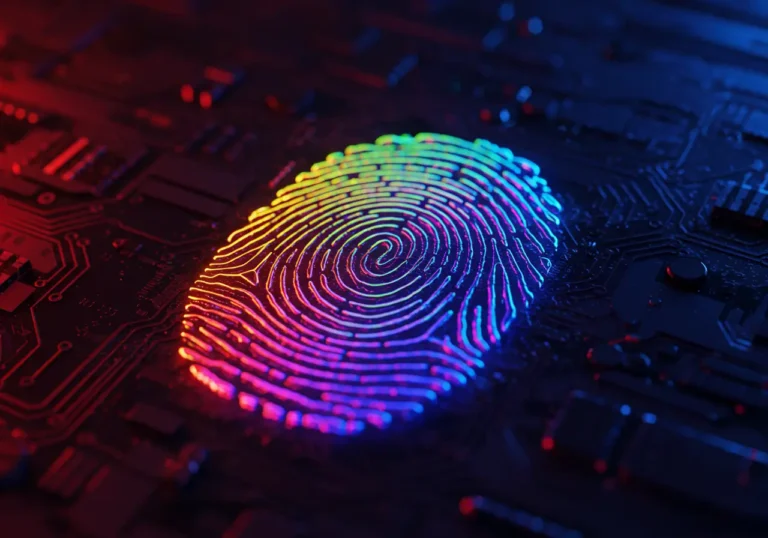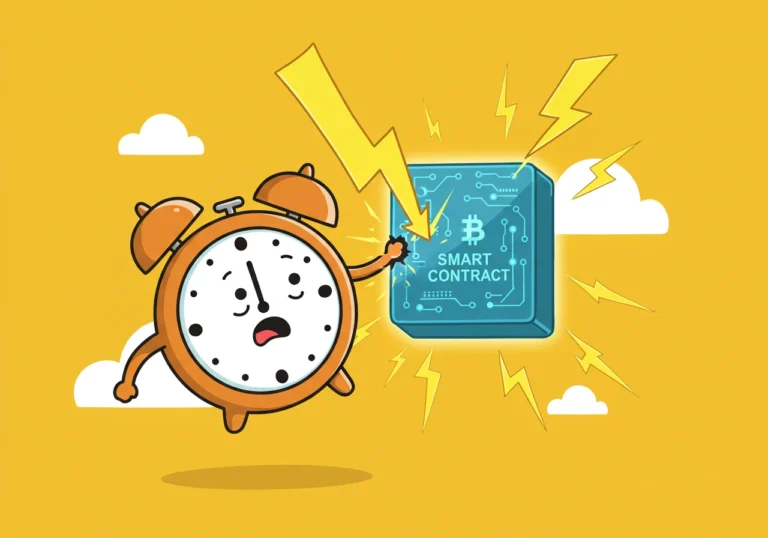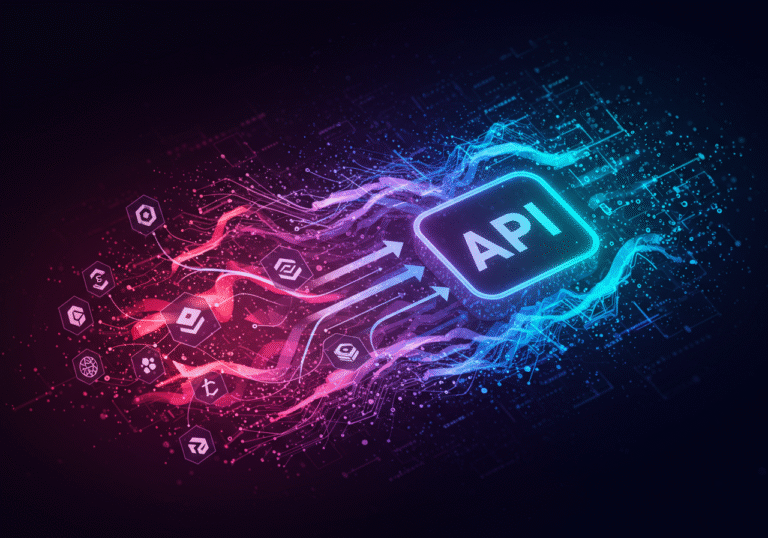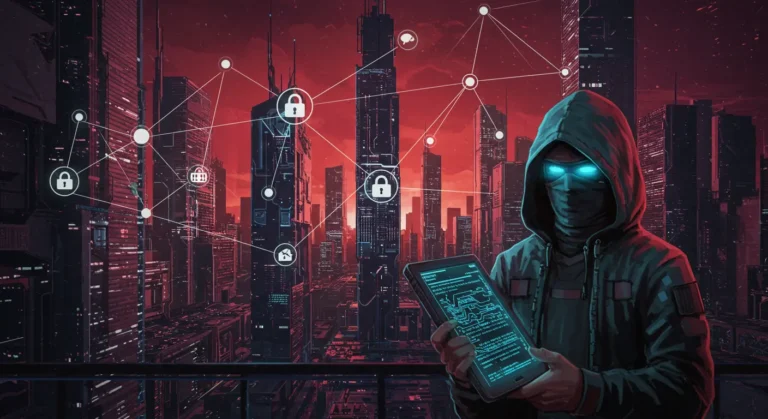Post-Quantum Cryptography in Crypto: How Blockchains are Preparing for Quantum Attacks
Table of Contents
I want to start with a short story. Imagine a safe that opens with a secret knock. For years, that knock has been strong and private. But now, a new tool appears that can guess the knock in a blink. You would worry. You would change the lock. That is what blockchains are doing now.
Quantum attacks are a future risk that feels far away for many people. Yet engineers, researchers, and some cautious investors are already thinking about it. I’ll show what blockchains are doing today to prepare.
Quantum attacks: what they are and why we care
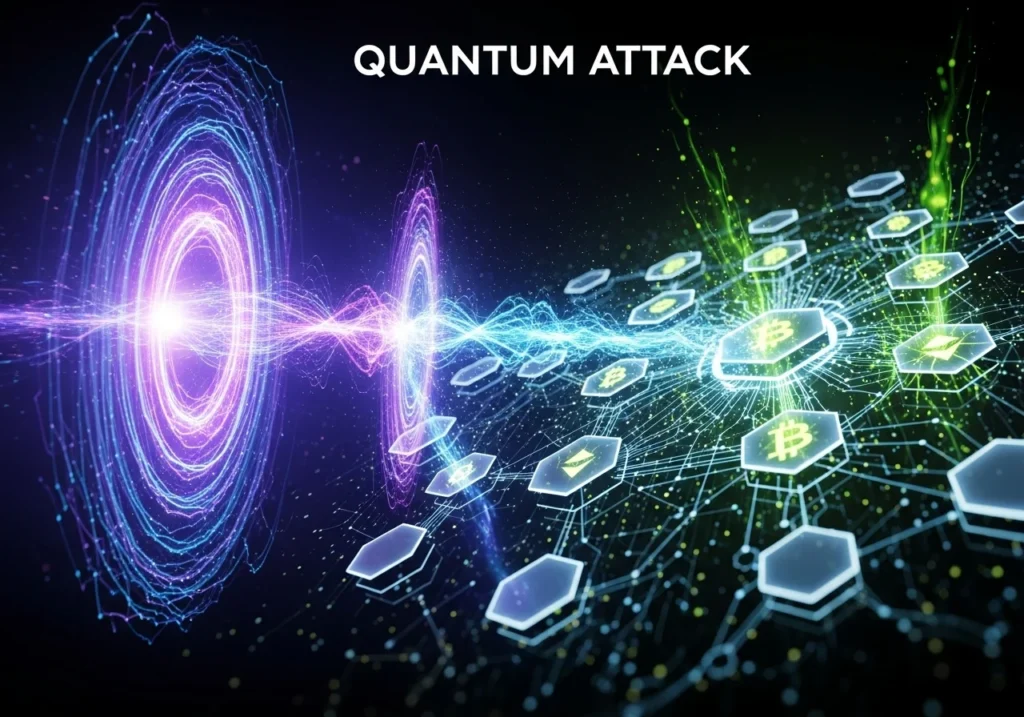
Quantum attacks are ways a quantum computer could break digital secrets that protect currencies, messages, and identities. If you have ever used a password or a secret key to sign a message, that secret is what protects you. Classical computers try to guess or compute those secrets slowly. Quantum computers can, in some cases, do certain types of work much faster.
When people say quantum attacks in crypto, they mean attacks that use quantum techniques to steal coins, fake signatures, or break privacy. The worry is that a strong enough quantum machine could open wallets or alter transactions.
Public locks
One lock is public. Anyone can see it. You can use it to check that a message comes from you. This is how most blockchains confirm transactions. The lock is built from math that is hard to reverse.
Private keys
The other lock is private. Only you have the key. If someone gets that key, they can pretend to be you. That is why private keys must stay secret.
Quantum computers threaten both kinds of locks. For some types of math, a quantum algorithm can solve the problem much faster than classical computers. That means a private key could be discovered. Or a public lock could be forged.
Why the timeline feels fuzzy
You might read stories that quantum computers are “days away” or “centuries away.” The truth sits between. Building a large, reliable quantum computer is hard. It takes time, money, and new engineering. But progress is steady.
Because of that uncertain pace, many people in crypto choose to act now. Changing cryptography across many systems takes years. Planning early avoids a scramble later. This is precaution, not panic.
Post-quantum cryptography: the new locks
If quantum computers can break old locks, we need new ones. Post-quantum cryptography (PQC) means new math and new keys. These schemes are designed so that even quantum machines cannot easily break them.
What PQC looks like
PQC uses different mathematical problems. Some use lattices, some use codes, and some use other structures. They are not magic. They are choices of math that look hard to both classical and quantum attackers.
Real examples
- Signature schemes: These let you sign transactions. New signature algorithms are being developed that are believed safe against quantum attacks.
- Key exchange: When two parties create a shared secret, they use new protocols that resist quantum decoding.
How blockchains can adapt

Blockchains must balance security, speed, and compatibility. Here are ways they can prepare.
1. Hybrid keys and signatures
One practical idea is to use two locks at once. A wallet or transaction uses both an old signature and a post-quantum signature. To break anything, an attacker must break both. This adds cost now, but buys safety.
2. Upgrades and soft forks
Blockchains can propose upgrades. Developers write code that supports new cryptography. Some upgrades are “soft forks” that keep backward compatibility. Others are “hard forks” that change rules more strongly. Planning upgrades takes months or years.
3. Wallet migration plans
Exchanges and wallet providers can help users move to PQC addresses. A clear migration path reduces confusion and risk. This is like telling residents where to move before a city changes its zoning.
4. Layered solutions
Layer 2 networks and sidechains can test post-quantum schemes first. If they work well, larger networks can adopt them more confidently.
The human side: key management and habit change
Technology alone is not enough. People must change habits.
Backups and rotation
Users should back up seeds and move funds to new addresses when post-quantum options are ready. Older, unused addresses can become targets. Rotate keys when possible.
Beware of “store now, decrypt later”
Some attackers may record encrypted traffic now and decrypt it later when quantum computers arrive. That is called “harvest now, break later.” Sensitive data that must stay private for decades needs post-quantum protection today.
Practical steps for users and builders
If you hold crypto, or build software, what can you do today?
For users
- Keep your recovery seed safe and offline.
- Use hardware wallets from reputable makers. They will push updates when needed.
- Follow official migration guides from exchanges. Verify announcements.
- Consider splitting large holdings across different secure methods.
For developers and operators
- Watch standards from bodies like NIST (they work on PQC standards).
- Test hybrid schemes in non-critical environments.
- Build upgrade paths with community governance in mind.
- Educate users in simple steps and clear language.
Standards and global coordination
Standards bodies are already working. NIST (in the U.S.) has run a long process to evaluate post-quantum algorithms. Choosing standards takes time. Once standards are set, software and hardware makers can implement them widely. Coordination across countries and projects matters. A fragmented approach could create confusion. The good news is that the crypto community is used to collaboration. It can move when people agree.
Trade-offs and limits
No security choice is free. Post-quantum algorithms often use larger keys or signatures. That can increase transaction size and storage needs. Some networks will need code changes to handle bigger messages. There are also performance costs.
Still, these trade-offs are manageable. Over time, engineers will optimize implementations. Hardware will improve. The key is planning and testing.
A small analogy: weatherproofing your house
Think of quantum risk like a rare but devastating storm. You might not expect it every season, but a prudent homeowner adds storm shutters and reinforces the roof. The cost is small compared to losing the house. In crypto, moving to post-quantum schemes is like adding shutters. It’s insurance against a rare but extreme event.
Final thoughts: careful, not fearful
The idea of a quantum computer breaking crypto sounds like a movie plot. It can feel scary. But the world of cryptography has faced big shifts before. Engineers adapt. Communities plan. Standards emerge. The goal is not to predict the future perfectly. It is to be ready.
If you care for your crypto, treat this like sensible insurance. Save your seed safely. Use trusted hardware. Follow upgrades. And, when experts recommend post-quantum keys, move carefully and deliberately.
Right now the work is steady and thoughtful. Across the pond and nearby, researchers write papers. Companies test prototypes. Governments fund research. The crypto world is not blind to the risk. It is moving, step by step, toward safer doors and stronger locks. That is a reassuring thing.
Quick summary
- Quantum attacks are threats where quantum computers might break current cryptography.
- Post-quantum cryptography (PQC) uses new math designed to resist quantum attacks.
- Blockchains can adopt hybrid signatures, staged upgrades, and test networks to prepare.
- Users should secure seeds, avoid reusing addresses, and follow provider advice.
- Standards from bodies like NIST help guide safe choices.
- Preparing early reduces rush, confusion, and risk later.
- Move with calm and use trusted tools.
FAQ
Q1: What exactly is being broken by quantum computers?
A1: Mainly the math behind public-key systems. This includes methods used to sign transactions and to create shared secrets.
Q2: Will all blockchains need to change?
A2: Most will need some change. The extent varies. Some systems that use different cryptography might already be safer. Others will plan migration.
Q3: Are there already post-quantum wallets?
A3: Yes, some experimental wallets and test networks support PQC. Most mainstream wallets are watching standards and plan to implement changes once standards are finalized.
Q4: How can I tell real updates from scams?
A4: Trust official sources. Check announcements on project websites, verified social accounts, or well-known developers. Avoid clicking unknown links or installing unknown software.
Q5: Does this affect privacy too?
A5: Yes. Stored encrypted messages might be decrypted later if recorded now. For data that must remain secret for years, use post-quantum encryption now.

Hello, I’m Edmilson Dias, founder of CoinBringer. I created this platform to guide people through the fast-moving world of cryptocurrency with clarity and safety. With years of research in blockchain and digital security, my goal is to translate complex topics into practical knowledge, offering reliable tutorials, safety insights, and guidance for both newcomers and experienced users.
Discover more from CoinBringer
Subscribe to get the latest posts sent to your email.


